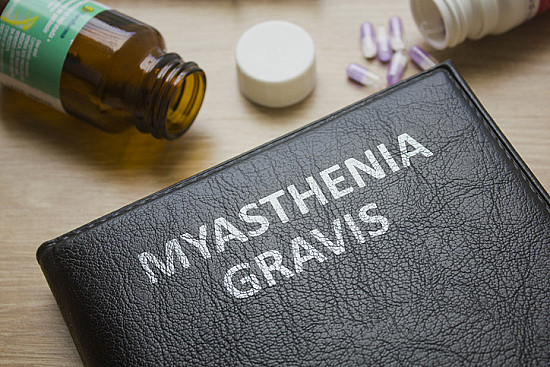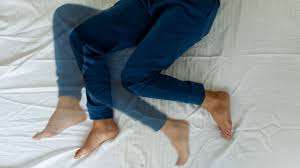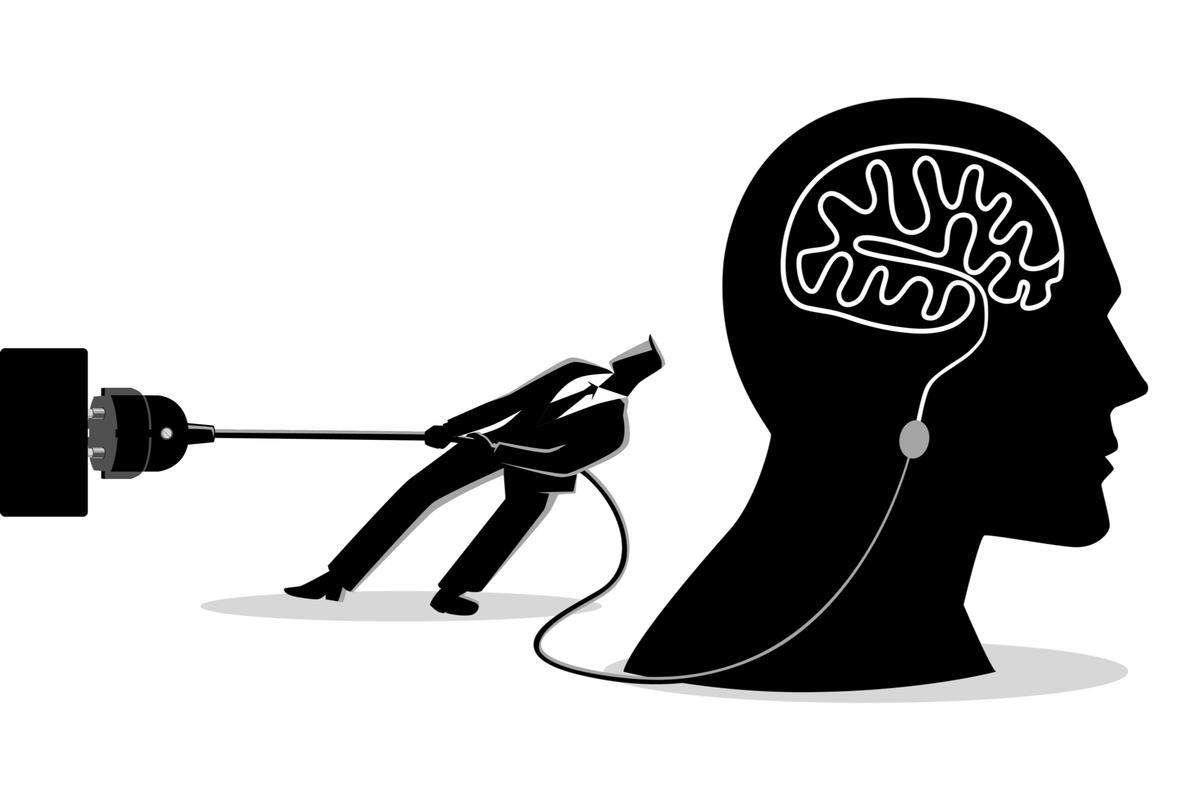What is Myasthenia Gravis
Myasthenia Gravis (MG) is a chronic autoimmune neuromuscular disorder that causes weakness in the skeletal muscles; the muscles responsible for movement, breathing, and posture. The name literally means “grave muscle weakness.”
In MG, the immune system produces antibodies that interfere with communication between nerves and muscles, leading to muscle fatigue that worsens with activity but improves with rest.
Causes and Risk Factors
The underlying problem in MG is the production of antibodies that block or destroy acetylcholine receptors (AChRs) at the neuromuscular junction. This prevents effective transmission of nerve impulses to the muscles.
Key causes and risk factors include:
Autoimmune response: The body mistakenly attacks its own neuromuscular junction.
Thymus gland abnormalities: Many patients with MG have an enlarged thymus or thymomas (tumors of the thymus gland).
Genetics: Rarely, MG may have hereditary links.
Gender and age: MG can affect anyone, but it’s more common in women under 40 and men over 60.
Common Symptoms
MG symptoms vary in severity, but the hallmark feature is muscle weakness that worsens with activity and improves with rest.
Most affected muscles include:
1. Eye muscles (Ocular MG):
Drooping eyelids (ptosis)
Double vision (diplopia)

2. Facial and throat muscles:
Difficulty speaking (dysarthria)
Trouble swallowing (dysphagia)
Limited facial expressions
3. Neck and limb muscles:
Weakness in the arms, legs, and neck muscles
Difficulty holding up the head
4. Respiratory muscles (in severe cases):
Shortness of breath due to weakness of the breathing muscles
This can lead to a medical emergency called myasthenic crisis
Diagnosis
Diagnosis requires a combination of clinical examination and specialized tests:
Physical and neurological exams (to assess weakness patterns).
Blood tests: Detect autoantibodies (AChR, MuSK antibodies).
Electromyography (EMG): Measures muscle response to nerve stimulation.
CT or MRI scans: Check for thymus abnormalities.
Ice pack test: Temporary improvement in drooping eyelids after applying ice.
Treatment Options
Although there’s no cure for MG, effective treatment can control symptoms and improve quality of life.
1. Medications
Anticholinesterase drugs (e.g., pyridostigmine): Improve communication between nerves and muscles.
Immunosuppressants (e.g., prednisone, azathioprine): Reduce immune system activity.
2. Surgical Treatment
Thymectomy (removal of thymus gland): Recommended if a thymus tumor is present; can also improve symptoms in some patients without tumors.
3. Advanced Therapies
Plasmapheresis: Removes abnormal antibodies from the blood.
Intravenous immunoglobulin (IVIG): Provides temporary improvement in severe cases.
Monoclonal antibody therapies (e.g., eculizumab): For patients with resistant MG.
Role of Physiotherapy in Myasthenia Gravis
Physiotherapy plays a supportive but essential role in managing MG:
Energy conservation techniques: Teaching patients how to balance activity and rest.
Breathing exercises: To strengthen respiratory muscles.
Gentle strength training: Helps maintain muscle function without causing fatigue.
Postural training: Prevents complications from muscle weakness.
Fall prevention strategies: Improve balance and mobility.
Lifestyle and Self-Care Tips
Rest frequently to prevent overexertion.
Use assistive devices (e.g., eyeglasses for double vision, walking aids if needed).
Avoid extreme heat which can worsen symptoms.
Maintain a healthy diet to prevent fatigue.
Stay consistent with medication and follow-up care.
Prognosis
With proper treatment and physiotherapy support, most people with MG can lead active and productive lives. Severe complications (like myasthenic crisis) can be managed with timely medical care.
Final Thoughts
Myasthenia Gravis is a rare but manageable condition. Through a combination of medical treatment, physiotherapy, and lifestyle adjustments, patients can significantly improve their strength, independence, and quality of life.
share with

Mesha M. Founder
"Explore a world of inspiration and empowerment at RealtimeArticles. Dive into our curated articles for insights, reflection, and shared growth. Join our community on a journey of discovery and evolution!"





Comments
Coming Soon!
POST YOUR COMMENTS